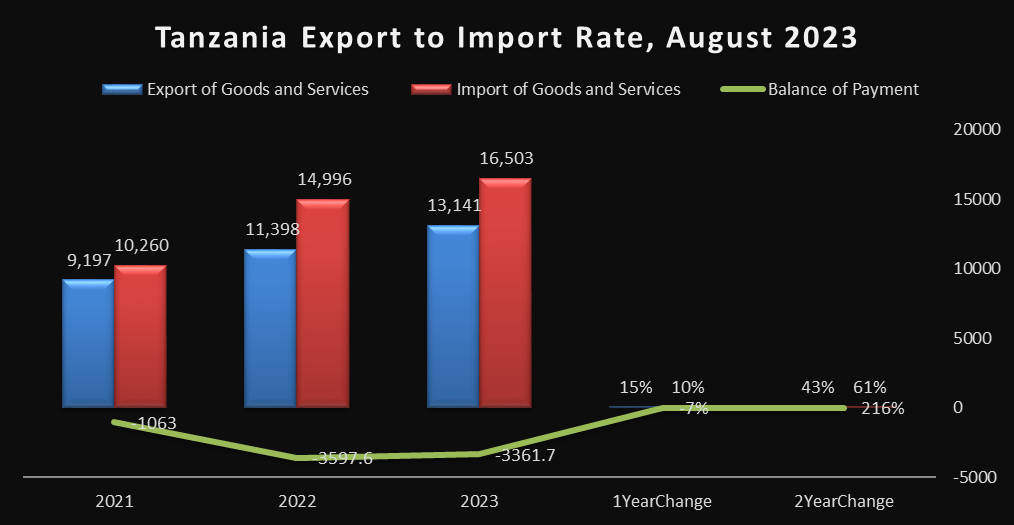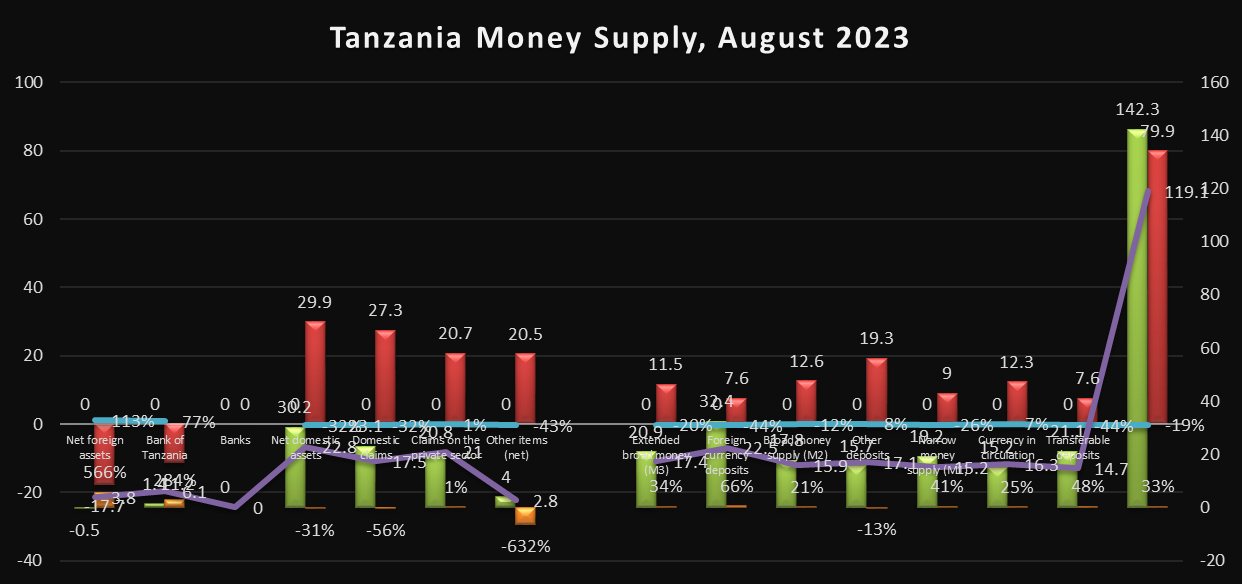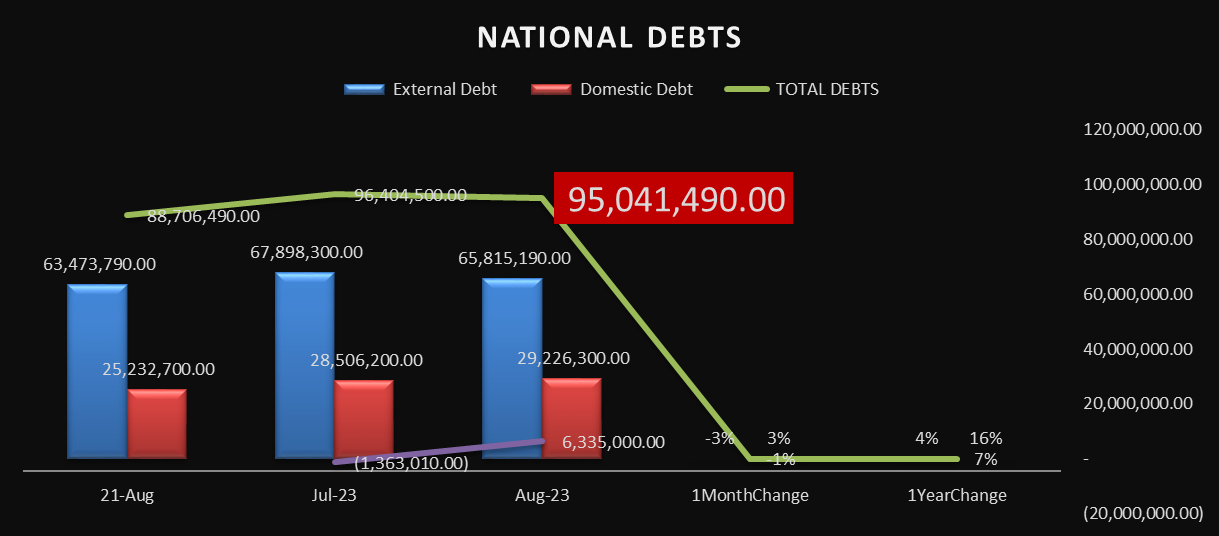DP World's $250 Million Investment in Tanzania's Port Infrastructure
Dubai has secured a 30-year agreement with Tanzania to oversee a portion of the Dar es Salaam port, the largest in the country. This deal, despite facing previous opposition from Tanzanian opposition groups and human rights organizations, will see DP World, a state-owned Dubai-based ports operator, take on the lease and operational responsibilities for four of the port's 12 berths.
The port of Dar es Salaam plays a vital role in serving landlocked nations in East and Southern Africa, such as Uganda, Rwanda, Burundi, and Zambia, which is a significant copper producer. According to the Director General of the state-owned Tanzania Ports Authority (TPA), DP World will operate berths four to seven. The Tanzanian government has also been actively seeking other investors to manage berths eight through eleven. The contract with DP World has a 30-year term, with performance evaluations every five years.
The collaboration with DP World aims to enhance the port's efficiency by reducing cargo clearance times and increasing its capacity to accommodate 130 vessels per month, a notable improvement from the current capacity of 90 vessels. During the signing ceremony in Dodoma, DP World's Chairman and Chief Executive, Sultan Ahmed Bin Sulayem, pledged a $250 million investment over the next five years. This investment will primarily focus on upgrading the port's infrastructure, particularly in improving cargo clearing systems and eliminating delays to streamline port operations.
While the Tanzanian parliament endorsed the bilateral agreement between Tanzania and Dubai back in June, it encountered opposition from various quarters, including the Catholic church, legal professionals, activists, and opposition parties, who believed the terms favored DP World and provided limited benefits to Tanzania. In response to these concerns, President Samia Suluhu Hassan emphasized that her administration had considered all perspectives and feedback during the negotiation process with DP World.
The social and economic impacts of Tanzania's 30-year port agreement with DP World are significant and multifaceted:
Social Impacts:
- Employment Opportunities: The collaboration is expected to generate job opportunities in the region, which can help reduce unemployment and improve the livelihoods of local communities.
- Reduced Cargo Clearance Times: The improved efficiency of the port will lead to faster clearance of goods, reducing delays and enhancing trade. This can positively affect various sectors, including agriculture and manufacturing, by ensuring timely access to imported and exported products.
- Enhanced Regional Trade: A more efficient port will encourage increased trade with neighboring landlocked nations in East and Southern Africa, strengthening economic ties and regional cooperation.
Economic Impacts:
- Economic Growth: The investment of $250 million by DP World in port infrastructure will stimulate economic growth and development in Tanzania. It will create opportunities for local businesses to supply goods and services to support the port's operations.
- Increased Capacity: The expanded capacity of the port will accommodate more vessels and cargo, contributing to higher import and export volumes. This is likely to boost economic activities and trade.
- Attracting Investment: The partnership with a well-known global port operator like DP World could attract further foreign direct investment to Tanzania, spurring economic development in various sectors.
- Infrastructure Development: The focus on upgrading the port's infrastructure will have a positive ripple effect on the overall transportation network in the country, further facilitating trade and economic growth.
- Strengthened Regional Position: The efficient operation of Dar es Salaam port will enhance Tanzania's position as a trade gateway for landlocked countries like Uganda, Rwanda, Burundi, and Zambia. This could lead to increased transit trade and economic opportunities for Tanzania.
It's important to note that while this agreement is expected to bring many benefits, it may also have challenges and potential downsides, such as concerns about the terms of the agreement and its impact on local businesses. The social and economic impacts will depend on how well the partnership is managed and how effectively it addresses the needs and interests of the Tanzanian people and economy.
Social Impacts:
Tanzania's 30-year port agreement with DP World carries several potential negative social consequences. Firstly, while the partnership is expected to bring job opportunities, it may also lead to job displacement, particularly if DP World introduces automation or brings in its own workforce. Additionally, the widespread opposition to the agreement, coming from political opposition, activists, and religious institutions like the Catholic church, raises concerns about social discontent and the potential for protests that could disrupt social stability. Infrastructure expansion tied to the agreement may also result in the displacement of local communities, exacerbating social upheaval and community disruptions.
Economic Impacts:
From an economic perspective, the long-term port agreement with DP World could have unfavorable terms that raise concerns about equity, potentially favoring DP World over Tanzania. This could lead to economic imbalances and an unequal distribution of benefits. If the agreement does not prioritize local businesses and suppliers, it may limit the economic advantages that Tanzania can derive from the partnership, impacting local economic growth and development. The agreement may also entail financial risks, possibly increasing Tanzania's debt burden if not managed effectively, diverting vital resources away from other critical sectors. There's a risk of dependence on external expertise and resources due to this partnership, which may pose economic vulnerabilities, and it may result in reduced control over the port's operations, potentially hampering Tanzania's ability to tailor the port's activities to its specific economic needs. Nonetheless, the degree of these negative impacts can be mitigated through careful negotiation, rigorous oversight, and effective governance, and the ultimate success of the partnership hinges on addressing these challenges while maximizing positive social and economic outcomes.




